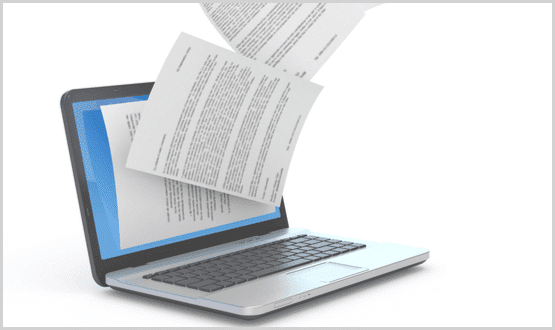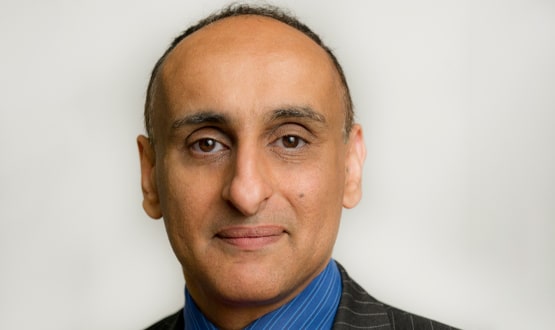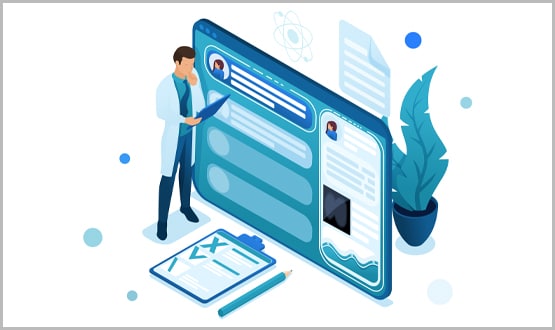The difference digital has made to some of the most complex patients in Cheshire and Wirral
- 13 November 2018

NHS Continuing Healthcare – a complex package of care funded solely by the NHS – is vital for many people living with complex health needs. Speedy assessment of applicability is naturally crucial. For Cheshire and Wirral CCGs, that used to be a challenge – and then they went digital. Karen Smith, service lead for NHS Continuing Healthcare and complex care, explains more.
NHS England has a clear target for decisions on Continuing Healthcare (CHC) eligibility. It states 80% of patients should receive a decision within 28 days. A year ago, Cheshire and Wirral CCGs were a long way adrift of that target. But within two quarters we increased from 68% to 82% – meaning we are not just meeting the target but exceeding it.
To what do we attribute this turnaround? Quite simply, the elimination of paper-based processes and the automation of workflow processes. We had been using the national paper forms, which made it difficult to manage the process effectively – particularly when the forms needed to be distributed across multiple stakeholders and locations.
There were also several points of access with inconsistent handling, and paper meant referrals could get lost – and that it was difficult to get an overview of who was waiting for assessment.
Working in partnership
We knew we needed a paperless system, so decided to work in partnership with IEG4 to develop a cloud-based end to end digital solution – CHC2DST.
As this idea was the first of its kind, our team met with IEG4 to look at other digital assessments they had previously developed for other public sector organisations. That way, we could see what was possible for us.
We soon realised we were able to develop a digital process suitable for our needs and developed a proposal for an eight-month development phase. This proposal was submitted to an SBRI Healthcare competition (a NHS England initiative) and we won a small amount of funding for the project.
This win demonstrated that the NHS also saw digitising CHC as a priority and meant we had to present back the developed product, adding discipline to the project and a clear timescale.
A big but worthwhile commitment
We worked as one team and met regularly – once a fortnight – in small development sprints to ensure the development was constantly tested and refined. This required a big commitment from our staff.
However, the benefits of completing this project were becoming apparent. By working with the development team directly, they could hear first-hand how our jobs could be made easier and also deliver a better external experience of the CHC service.
To get further endorsement for the product, we applied for the NHS England Innovation and Technology scheme and CHC2DST was identified as one of nine high impact innovations for 2018/19.
The development of the software was not without its challenges. But working with a smaller technology provider that specialised in the public sector meant we could get decisions made very quickly. They also understood our specific needs.
The culture shift was one of the most significant challenges. But once staff understood the benefits – safer, more efficient care and so on – they actually came forward with new ideas on how to tweak the system or add new functionality. And once staff actually experienced the software some of the biggest doubters became some of the biggest advocates.
The system itself is a web-based referral portal which includes the Department of Health checklist, web-based workflows and assessments and decisions.
From hours to minutes
All stakeholders involved in referral and assessments – community, hospital and CCG staff, social workers and so on – are set up as users of the software. They use it to create referrals, assessments, upload documents and collaborate as a multidisciplinary team to agree on the funding recommendation.
Completion of the assessments is simplified with any information previously entered being pulled through to subsequent stages of the assessment process. No retyping of information and no rekeying errors. All steps of the process can be audited for completeness and, to ensure the national framework is followed, each step has to be completed before the workflow progresses.
With the previous way of working, patient details would have to be handwritten manually – taking up 15 to 20 minutes each time – and this might then happen multiple times. Now we can now completely automate this process, meaning staff can do more in less time.
Referrals would previously have been received by email, phone, fax or mail. Now it’s routinely checked and progressed to the next stage in a matter of hours; sometimes even minutes.
By pioneering this approach, we believe we have shown how performance can be turned around in a very short time frame through digitisation. We also believe we’ve highlighted to other CCGs considering the move to a paperless environment that it can be done.




